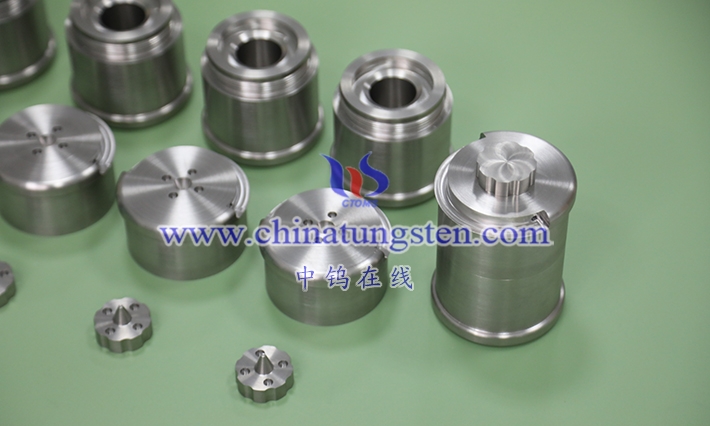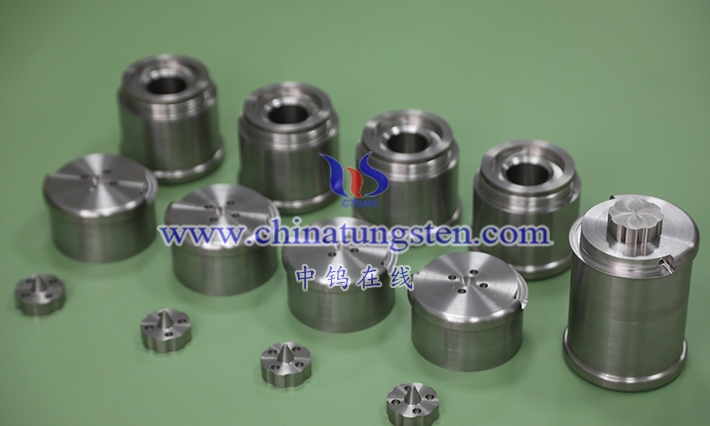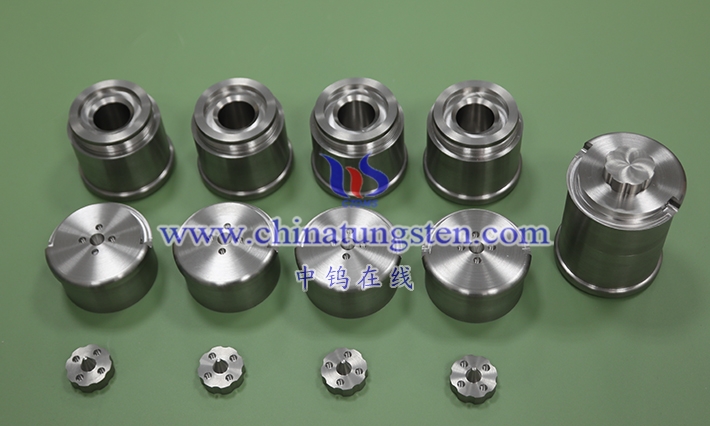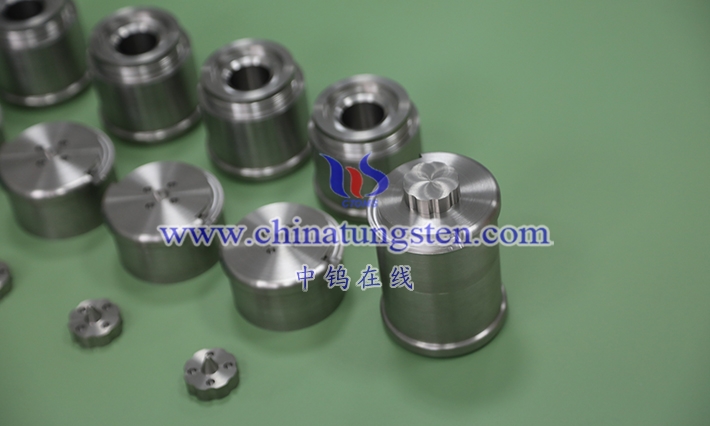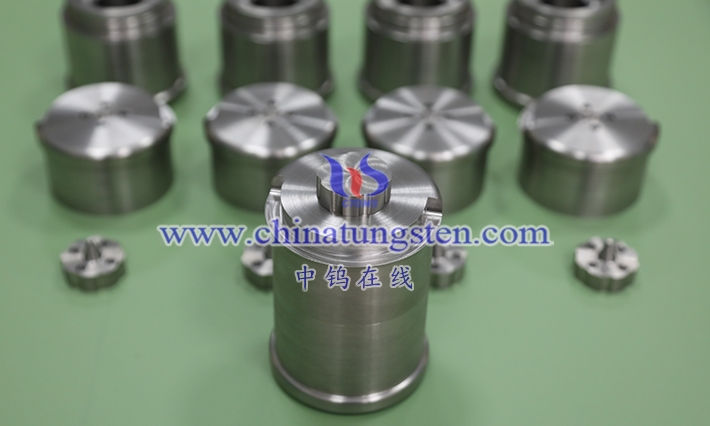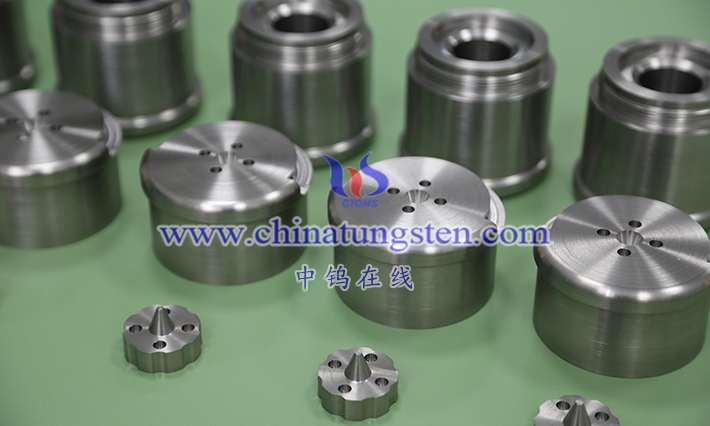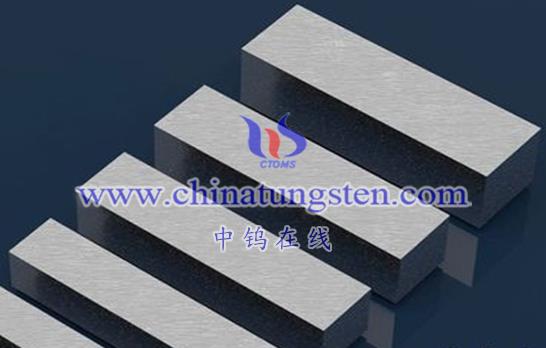
The applications of high-density alloys in biomedical engineering are indeed vast, and here is a more detailed explanation of these applications:
- Bone implants: As a common bone implant material, high-density alloy can provide good biocompatibility and corrosion resistance. In the manufacture of artificial joints, high-density alloys can simulate the shape and function of human joints while withstanding large mechanical loads. For example, high-density alloys such as titanium alloys and cobalt-chromium alloys are widely used in the manufacture of artificial joints. These alloys can achieve good biological integration with human bones, thereby reducing inflammation and infection around the implants.
- Vascular stent: Vascular stent is a medical device used to support and protect the inside of blood vessels. High-density alloys play an important role in such applications. For example, nickel-titanium alloy has a shape memory effect and superelasticity, which can support a certain space inside blood vessels to maintain blood flow. At the same time, the high-density alloy also has good corrosion resistance and biocompatibility, and can reduce inflammation and thrombosis around the stent.
- Drug carrier: As a drug carrier, high-density alloy can achieve directional delivery and controlled release of drugs. For example, gold nanoparticles can be combined with drug molecules and delivered directly to the diseased site through local administration or oral administration, thereby improving the efficacy of the drug and reducing side effects. High-density alloys have good biocompatibility and processability in such applications, and can be customized according to needs.
- Tissue engineering scaffolds: High-density alloys can be used as materials for tissue engineering scaffolds to provide support and guidance for tissue regeneration and repair. For example, high-density alloys such as titanium and stainless steel can be processed into scaffolds with specific shapes and porosity to provide a suitable environment for cell growth and differentiation. At the same time, the high-density alloy has good biocompatibility and corrosion resistance, which can reduce inflammation and infection around the implant.
- Antibacterial materials: Some high-density alloys have antibacterial effects and can be used as antibacterial materials. For example, high-density alloys such as copper alloys and silver can release antibacterial ions to effectively kill bacteria and viruses. These alloys are widely used in areas such as medical devices and oral care to reduce the risk of infection and promote wound healing.
When applying high-density alloys in biomedical engineering, issues such as biocompatibility, corrosion resistance and safety of these alloys also need to be considered. To increase biocompatibility, high-density alloys can be surface treated or coated to improve their interaction with human tissue. At the same time, in order to improve corrosion resistance and safety, advanced alloy design and manufacturing technologies can be used to reduce the release of metal ions and the occurrence of adverse side effects.
In short, high-density alloys have broad application prospects in biomedical engineering, and they can play an important role in bone implants, vascular stents, drug carriers, tissue engineering scaffolds, and antibacterial materials. However, further research and exploration of the application of high-density alloys in biomedical engineering are needed to promote their wider application in the medical field and improve patients’ therapeutic effects and quality of life.
More details of tungsten alloy product, please visit website: http://tungsten-alloy.com/
Please contact CHINATUNGSTEN for inquiry and order of tungsten carbide:
Email: sales@chinatungsten.com
Tel.: 86 592 5129595
